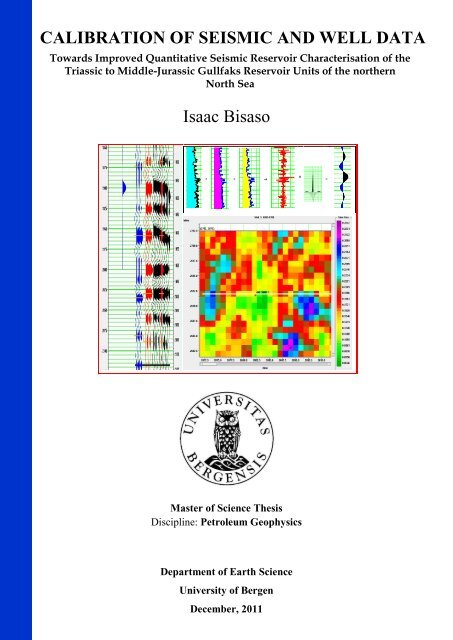
However, in new areas where well control is. In matured exploration areas with adequate well control, we can generate a suitable initial model using well information. The choice of an initial model for seismic waveform inversion is important. Part 12 - Summary IEEE Geoscience and Remote Sensing Letters An Improved TV-Type Variational Regularization Method for Seismic Impedance InversionĢ05 Journal of Petroleum Exploration and Production Technology Application of maximum likelihood and model-based seismic inversion techniques: a case study from K-G basin, IndiaĢ021 Dec 77 December 202128 Journal of Petroleum Exploration and Production Technology Assessment of Paleocene to lower Oligocene formations and basement to estimate the potential hydrocarbon reservoirs using seismic inversion: a case study in the Upper Assam Shelf, India amplitude attenuation linear noise porosity processing reflection resolution seismic theory tomography traveltime velocity wavelet SDA SDP SEG 252E 10.1190/1.9781560802303.fm Front Matter 10.1190/1.9781560802303.ch1 1. Initially, we will therefore look at the basic convolutional model of the seismic trace in the time and frequency domains, considering the thre e components of this model: reflectivity, seismic wavelet, and noise. To understand seismic inversion, we must first understand the physical processes involved in the creation of seismic data. The relationship between forward and inverse modelling is shown in Figure 1.1. As such, it can be considered as the opposite of the forward modelling technique, which involves creating a synthetic seismic section based on a model of the earth (or, in the simplest case, using a sonic log as a one-dimensional model). Thus, in this course we shall primarily restrict our discussion to those inversion methods which attempt to recover a broadband pseudo-acoustic impedance log from a band-limited seismic trace.Īnother way to look at inversion is to consider it as the technique for creating a model of the earth using the seismic data as input. The above definition is so broad that it encompasses virtually all the work that is done in seismic analysis and interpretation.

Geophysical inversion involves mapping the physical structure and properties of the subsurface of the earth using measurements made on the surface of the earth.

The most general definition is as fol1ows: It would therefore seem appropriate to begin by defining what is meant by seismic inversion. Wolfram Knowledgebase Curated computable knowledge powering Wolfram|Alpha.This course is intended as an overview of the current techniques used in the inversion of seismic data. Wolfram Universal Deployment System Instant deployment across cloud, desktop, mobile, and more. Wolfram Data Framework Semantic framework for real-world data.


 0 kommentar(er)
0 kommentar(er)
